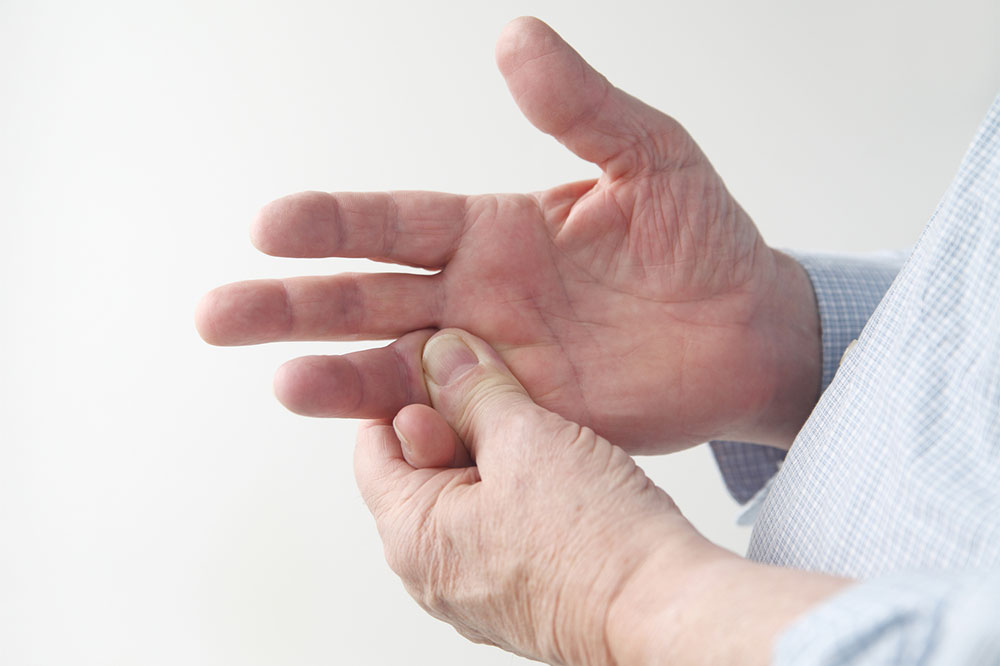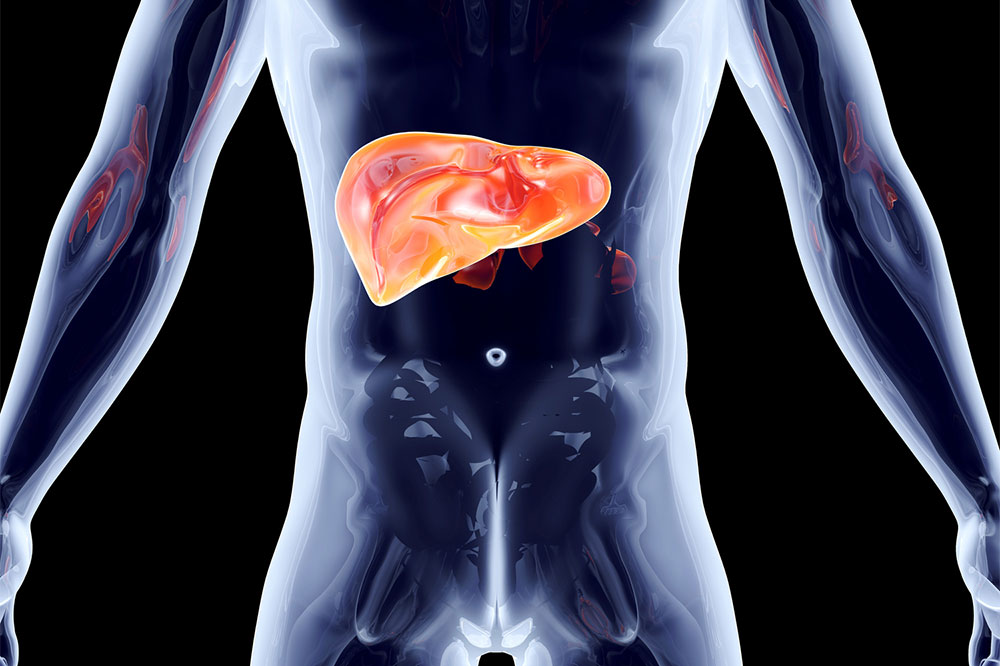4 common mistakes made when measuring blood pressure

Blood pressure measures the force or pressure of the blood in the arteries. These readings are given in systolic and diastolic numbers. The systolic pressure (top number) is the maximum heartbeat pressure, and the diastolic pressure (bottom number) is the amount of pressure in the arteries between beats. A typical healthy average reading is less than 120/80 mm Hg. When measuring blood pressure, one must be careful and avoid making common mistakes, such as:
Using the wrong-sized cuff
One of the most frequently occurring mistakes is using the wrong cuff size. A large cuff will give falsely low readings, while a smaller cuff will give falsely high readings. According to the American Heart Association’s blood pressure measuring guidelines, the length and width of the cuff should be 80 and 40 percent of the arm circumference, respectively. Generally, doctors carry three cuff sizes – large adult, regular adult, and pediatric – that fit a majority of the population. However, doctors working with younger patients may require multiple smaller-sized cuffs.
Incorrect patient positioning
Getting accurate blood pressure measurement also requires the patient to be seated properly. For instance, a poorly supported back or feet may increase a reading by six to ten points, an unsupported arm may raise it by ten points or more, and sitting with one’s legs crossed may raise it by two to eight points. Lying on the side can also impact measurement. Ideally, it’s best to sit up in a chair, with one’s legs uncrossed and planted firmly on the ground or a footstool. Position the arm on a chair or a counter to level the BP cuff with the heart. Additionally, it is important to prepare the patient for the measurement. Ask the patient to empty their bladder before running a blood pressure check, as measuring blood pressure on a full bladder may increase the reading by 10 to 15 points.
Incorrect cuff placement
Where the cuff is placed also impacts the blood pressure measurement. It must always be placed over the bare arm. Placing the BP cuff over clothes can increase readings by five to fifty points. The cuff must also be snugly wrapped over the brachial artery such that two fingers may fit between the patient’s arm and the cuff.
Talking during the measurement
It’s best to avoid talking during a blood pressure measurement. Whether it’s to someone in the room or over the phone, talking, and even active listening can increase the measurement by 10 points. Remaining still and silent during a measurement can help one receive a more accurate result.
Inaccurate results can skew treatment plans and put one’s health and safety at risk. Be sure to follow all safety guidelines carefully when administering or receiving a blood pressure measurement for reliable and accurate results every time.






